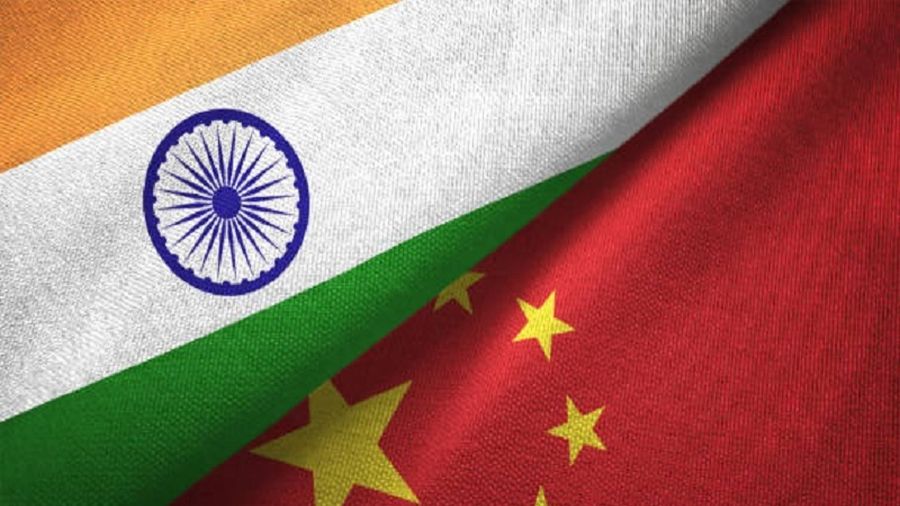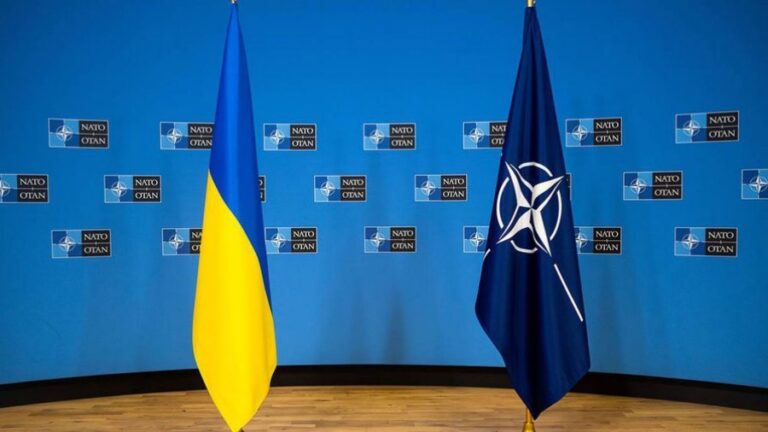The US’ Hegemonic Pushback in Europe Prompts Asian Rivals to Enter a Rapprochement
The preplanned consolidation of the US-led Western bloc in response to Russia’s special operation in Ukraine that Washington itself provoked ended up breathing new life into the game-changing rapprochement between China and India that might otherwise not have happened so soon, let alone at all.
The US exploited Russia’s ongoing special military operation in Ukraine, which Washington itself provoked by refusing to respect Moscow’s national security red lines in that country in particular and in the region more broadly, to reassert its declining hegemony over Europe. The continent surrendered its strategic sovereignty to its transatlantic patron without firing a shot, and they’re now all increasingly pressured to follow Poland’s “de-Russification” lead by drastically curtailing and ultimately completely cutting off their ties with that Eurasian Great Power. The consolidation of this US-led Western bloc amidst the latest tensions in the New Cold War’s Western Eurasian theater between Russia and the US couldn’t be without consequence for its Eastern Eurasian theater between China and the US.
China astutely observed that regional rival India with whom relations have entered an unprecedented low in recent years following summer 2020’s clashes over the Galwan River Valley has impressively practiced a policy of principled neutrality by refusing to take its Western partners’ side against Russia. Some in Beijing were growing concerned that their counterparts in New Delhi were prepared to play a similar vanguard role against the People’s Republic as Poland plays against Russia but those worries were removed after watching how confidently India defied its partners’ pressure in defense of its objective grand strategic interests. Furthermore, the complications in Indian-American relations since summer 2020 also contributed to New Delhi recalibrating its multi-alignment policy in favor of Russia.
Ironically enough, at precisely the moment when the US could have decisively turned India into its top anti-Chinese vanguard in Asia, former President Donald Trump’s administration inexplicably abandoned it and began abusing this Great Power as though it were just another Global South state. Being the proud civilization-state that it is, India couldn’t tolerate this for long and ultimately realized that it was being manipulated as a proxy against the People’s Republic without receiving anything of tangible benefit in return. This insight contributed to its strategists’ recalibrating their country’s multi-alignment policy by inviting President Putin to visit last December and thus beginning the new era of Russian-Indian relations whereby these two Great Powers are informally attempting to assemble a “Neo-NAM”.
The revival of the Old Cold War-era Non-Aligned Movement in the New Cold War context is intended to create a third pole of influence in the present bi-multipolar transitional phase between unipolarity and multipolarity so as to maximize the strategic autonomy of those Great Powers and comparatively smaller countries caught between the American and Chinese superpowers’ global rivalry. Nevertheless, only one of those two primary protagonists is in support of the international principles enshrined in the UN Charter, and that’s China. This means that the People’s Republic can actually assist the Neo-NAM to a certain degree as a means of reducing its members’ dependence on the declining American unipolar hegemon and thus accelerating the ultimate transition to multipolarity.
That insight explains one of the reasons behind the unexpected rapprochement between Asian rivals China and India that became undeniable following Foreign Minister Wang Yi’s unscheduled trip to New Delhi after first visiting Islamabad for the Organization of Islamic Cooperation’s (OIC) Foreign Ministers Conference and then paying a similarly unscheduled trip to neighboring Kabul. This historic South Asian sojourn was intended as a peace mission overseen by the top diplomat of the People’s Republic, all with the intent of ensuring stability and certainty in this geostrategic region through which multiple global processes are presently converging. It can therefore be rightly described as game-changing since it signals that the US’ efforts to divide and rule China and India have failed.
In fact, one can even conclude that the preplanned consolidation of the US-led Western bloc in response to Russia’s special operation in Ukraine that Washington itself provoked ended up breathing new life into this game-changing rapprochement that might otherwise not have happened so soon, let alone at all. After the US prompted India to flex its strategic autonomy through its policy of principled neutrality and thus showing the world that it’s still truly as independent as it’s always claimed, China keenly took note and realized that now was the perfect time to initiate a high-profile outreach to its rival in pursuit of their shared interests related to accelerating the ongoing global systemic transition to multipolarity. United by their equally excellent strategic partnerships with Russia, China and India began talking again.
It’s this resumption of interpersonal dialogue between the top Chinese and India diplomats that represents one of the most counterproductive consequences of the US-led West’s preplanned response to Russia apart from President Putin’s geo-economic judo move announcing that his country will only accept rubles from newly designated unfriendly countries for their energy payments. Taken together, these outcomes prove that America hadn’t fully thought everything through when it decided to provoke Russia into commencing its ongoing operation in Ukraine to uphold the integrity of its national security red lines. Other than the symbolically prestigious consolidation of the US-led Western bloc, everything else runs the risk of being utterly disastrous for America, especially if China and India end up reconciling.







